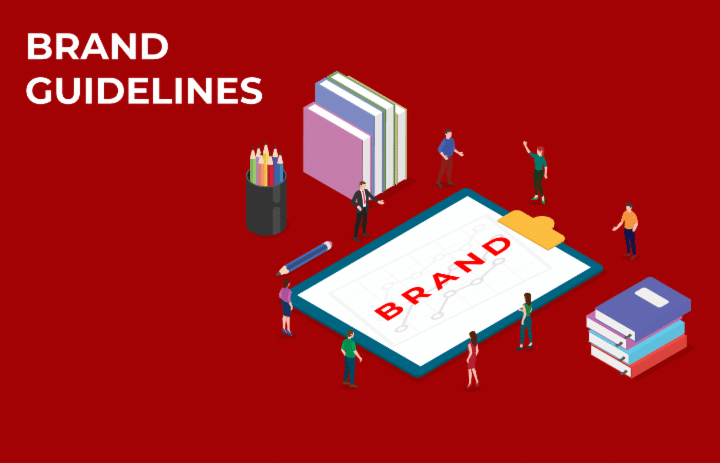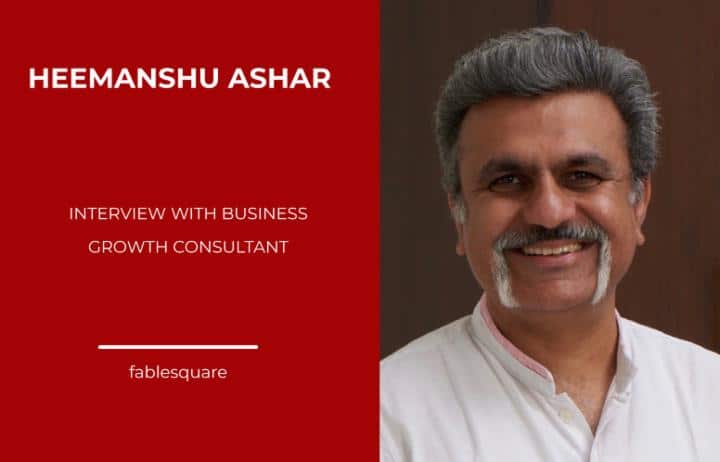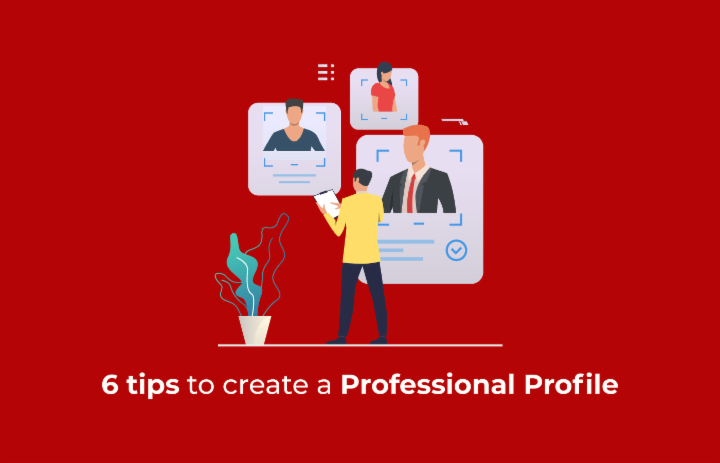
Who is a Thought Leader? What is Thought Leadership Marketing?
You might have come across the term Thought Leader in big events, the media, newspapers or websites. But Who is a Thought Leader? What does he do? You’ve probably heard people saying Bill Gates is a Thought Leader or Steve Jobs is a Thought Leader. Does that mean you have to build a multi-billion dollar organisation to become one?
Well, not exactly. Although, that is one way to go about it.
Who is a Thought Leader? What does a Thought Leader Do?
A Thought Leader is a reliable, informed Opinion Leader and a go-to person in his/her field of expertise or domain. He/She is a trusted source of information and guidance, who moves and inspires people with innovative ideas, turns ideas into reality. He/She works, not just for the benefit of his organisation, but for the betterment of the domain and the entire eco-system. They address and solve some of the biggest problems faced by the eco-system.
Thought Leaders can be an individual, a group or an organisation.
Are You a Thought Leader?
Well, it’s a simple checklist.
- Are you making a difference to the community/ecosystem?
- Do you have revolutionary/break-through ideas?
- Do startups, business owners, media or people at large, seek your guidance/consultation in a particular field?
- Are you called upon to solve large problems?
- Do you inspire people/organisations to make a difference to the community/ecosystem?
If you have a few of these checked, chances are, you’re a Thought Leader.
What is Thought Leadership Marketing?
How to Become a Thought Leader?
A word of caution, this does not happen overnight. It is a long, persistent effort. But the journey is always rewarding for you and the organisation. One sure way is through Thought Leadership Marketing. Your company can be viewed in the same way by creating content that resonates with your customers and members of your industry.
One sure way is through Thought Leadership Marketing. There are 5 aspects to it.
Great Branding (Personal or Company)
How you position your organisation is everything. It addresses your brand’s mission, it’s goals, it’s domain, it’s target audience and it’s USP. This is the first thing that needs to be done as it sets hygiene in place and it becomes the foundation for all the other activities. People need to know who they are dealing with and what they believe in.


Content Marketing
They say ‘Content is King’. I know, I know. It’s cliched. But it never gets old because it’s true. Your content drivers all your other activities. What people seek from you is information, consistently. There’s not getting around that. It is one of the most effective ways to convey your value proposition, your contributions, and your mission.
Public Relations
People underestimate the value of public relations. It is Earned Media and it demands reverence. A journalist’s credibility is on the line when they write something, and they have a huge expectation from the publication and their readers to give them credible, compelling information. Getting covered in the right publication could be one of the most valuable additions in your Thought Leadership Marketing Campaign.


Social Media
Social Media is an affordable platform to reach a vast majority of your target audience (depending on your domain). It is probably the easiest way to get your message across the masses. It goes without saying that the social media posts need to be interesting. Quora, Reddit, and some other forums go a long way in establishing your value. (We advise a word of caution when using social media because you are accountable for what you say.)
05
Events
Nothing beats meeting your peers, followers face to face. It establishes a connect unlike any other. Finding a speaking slot at relevant events and delivering a meaningful, relevant speech can be extremely effective in certifying your domain expertise. When you deliver one good speech, people tend to invite you for more speaking slots.
But remember, with great power comes great responsibility. It is a thought leaders duty to work towards the betterment of the domain and the eco-system.
If you found this blog useful, we would love to have a conversation with you and hear about it. If I have missed out something, please feel free to write it in the comments section.















